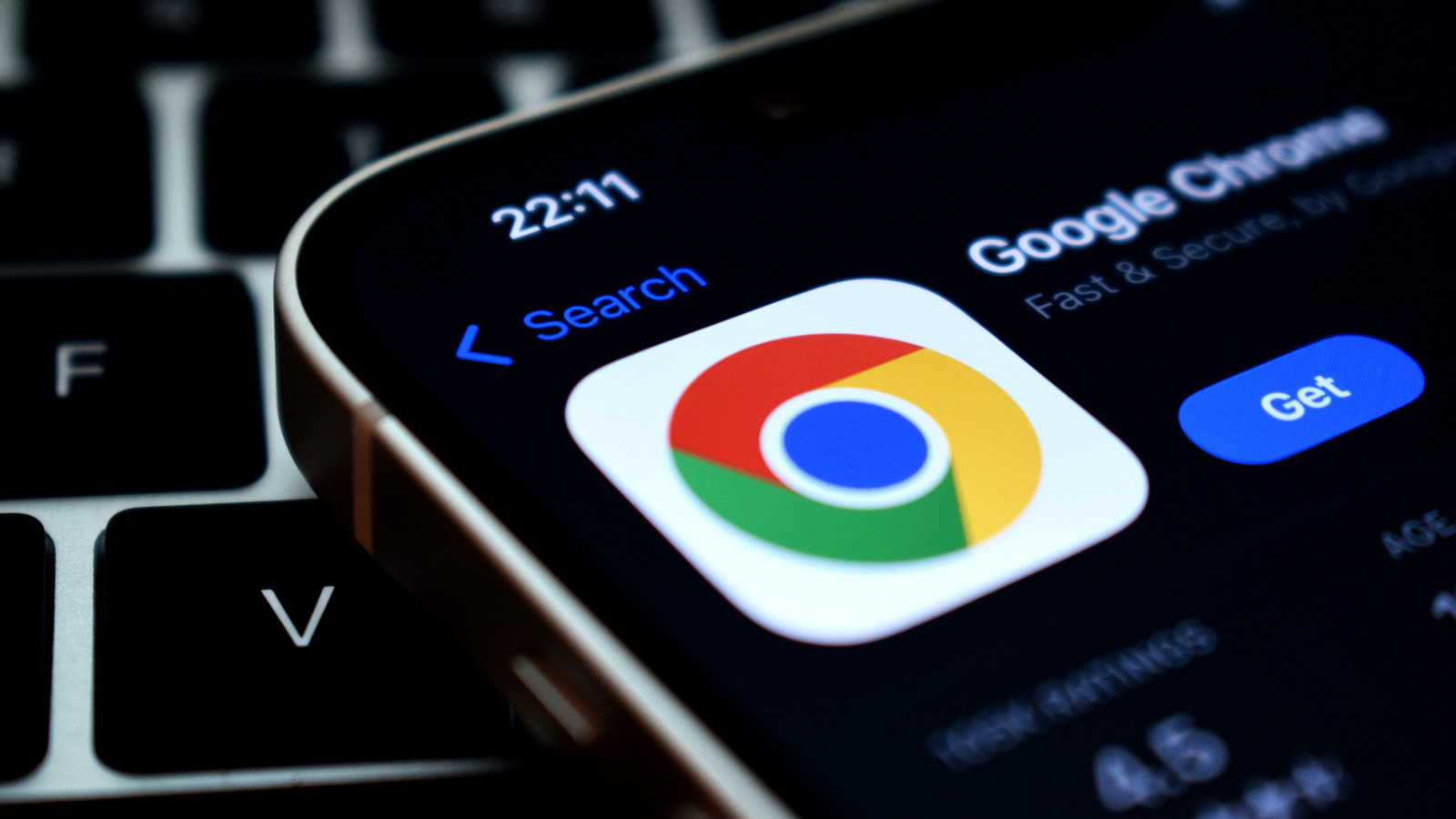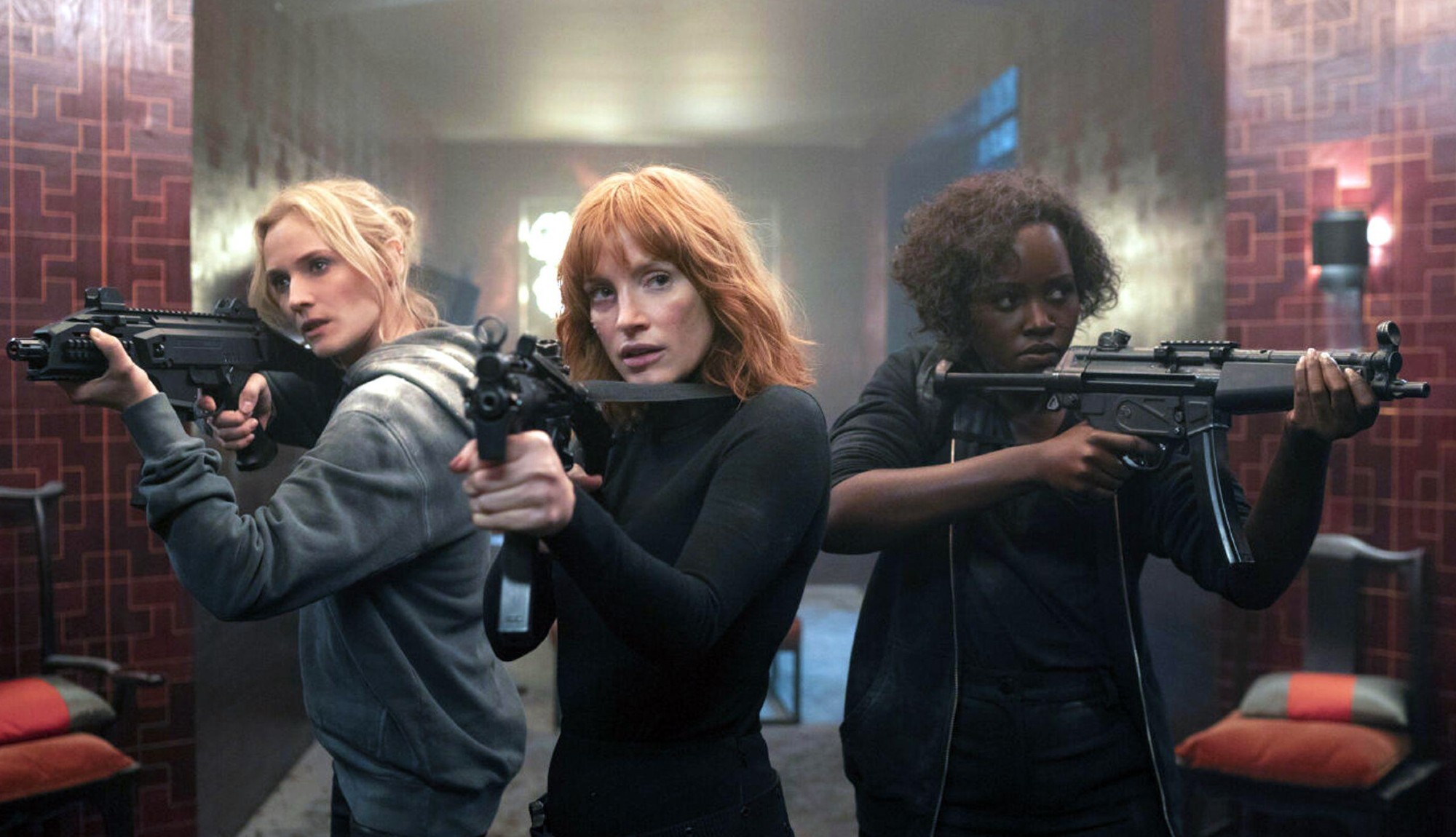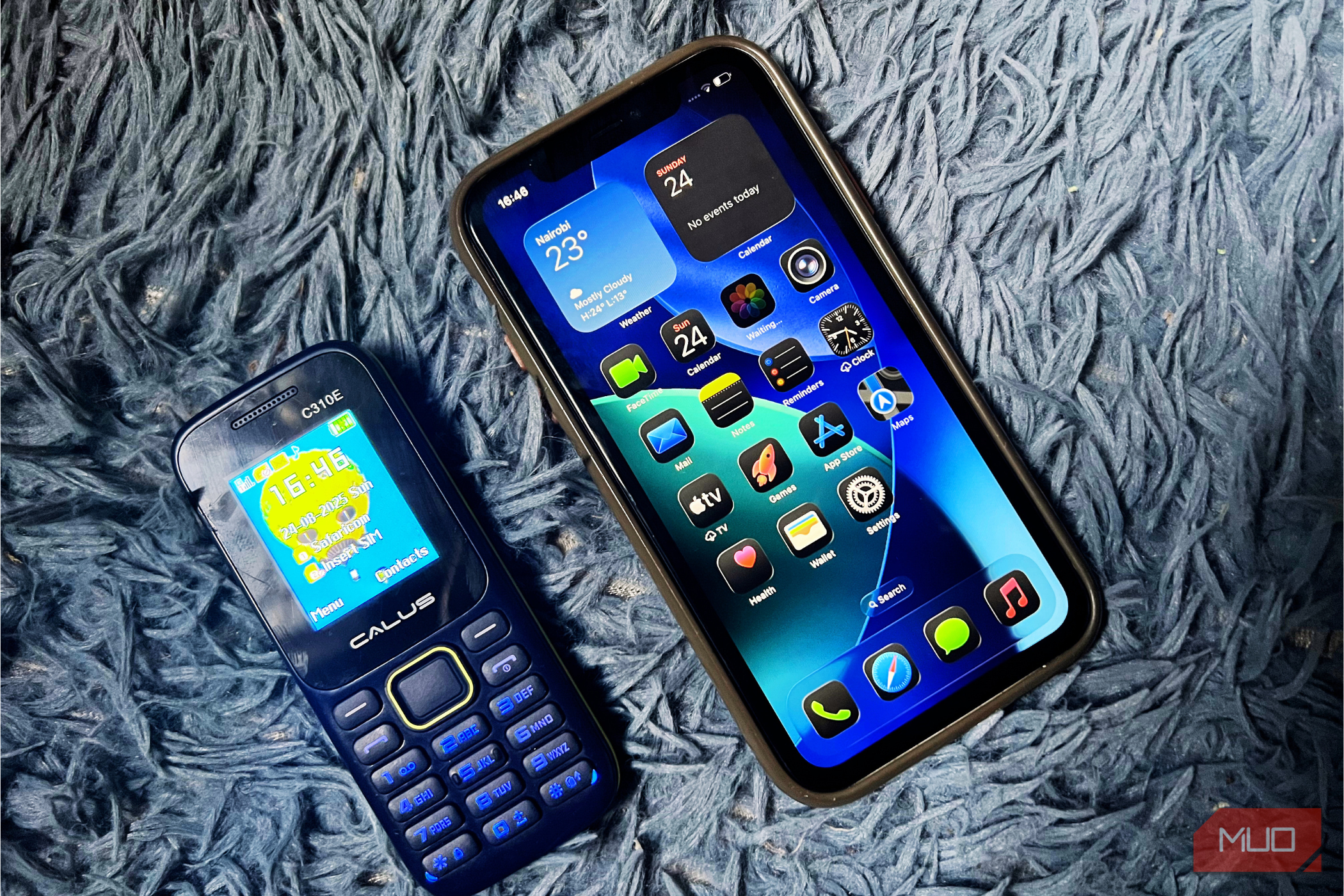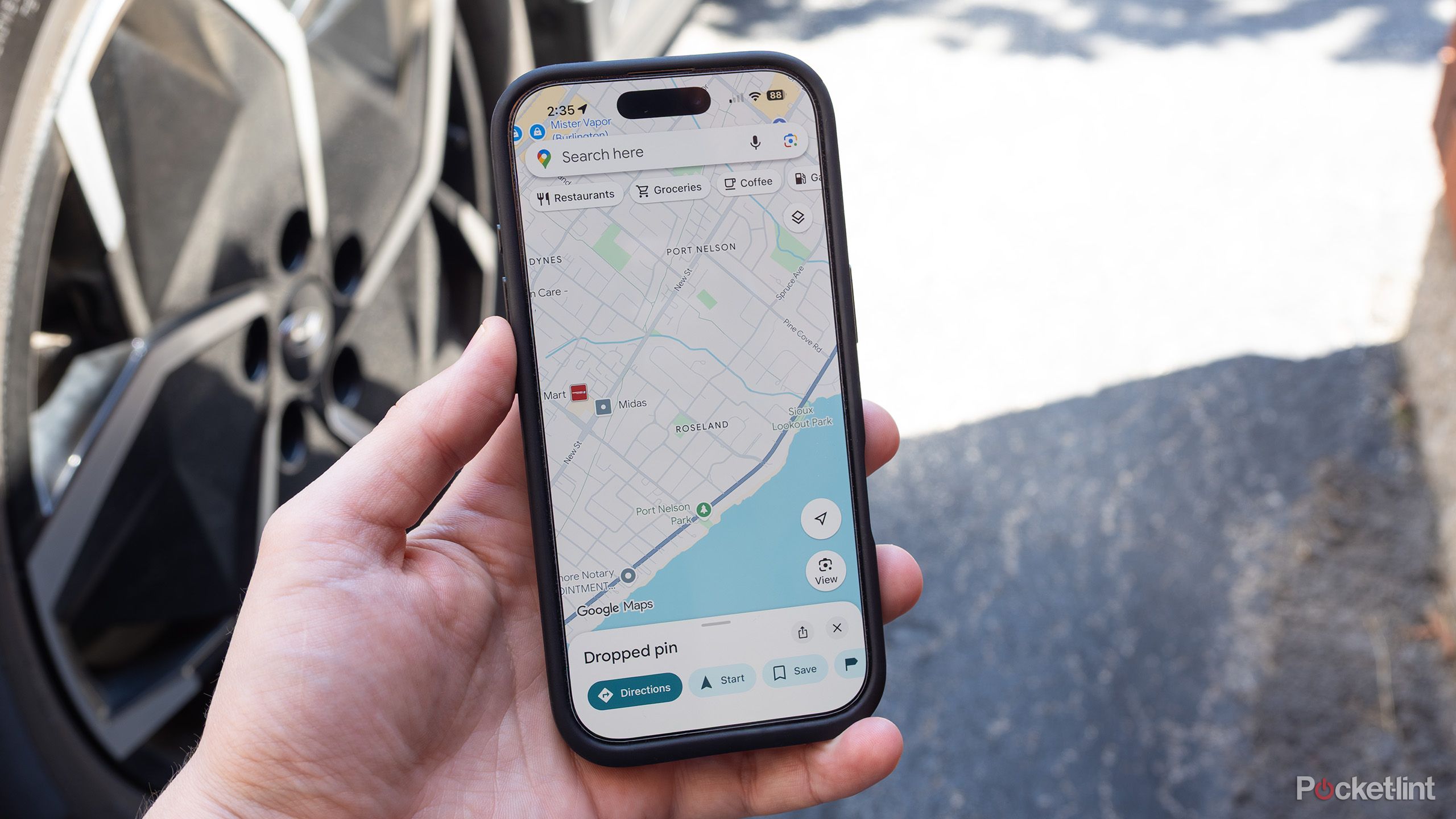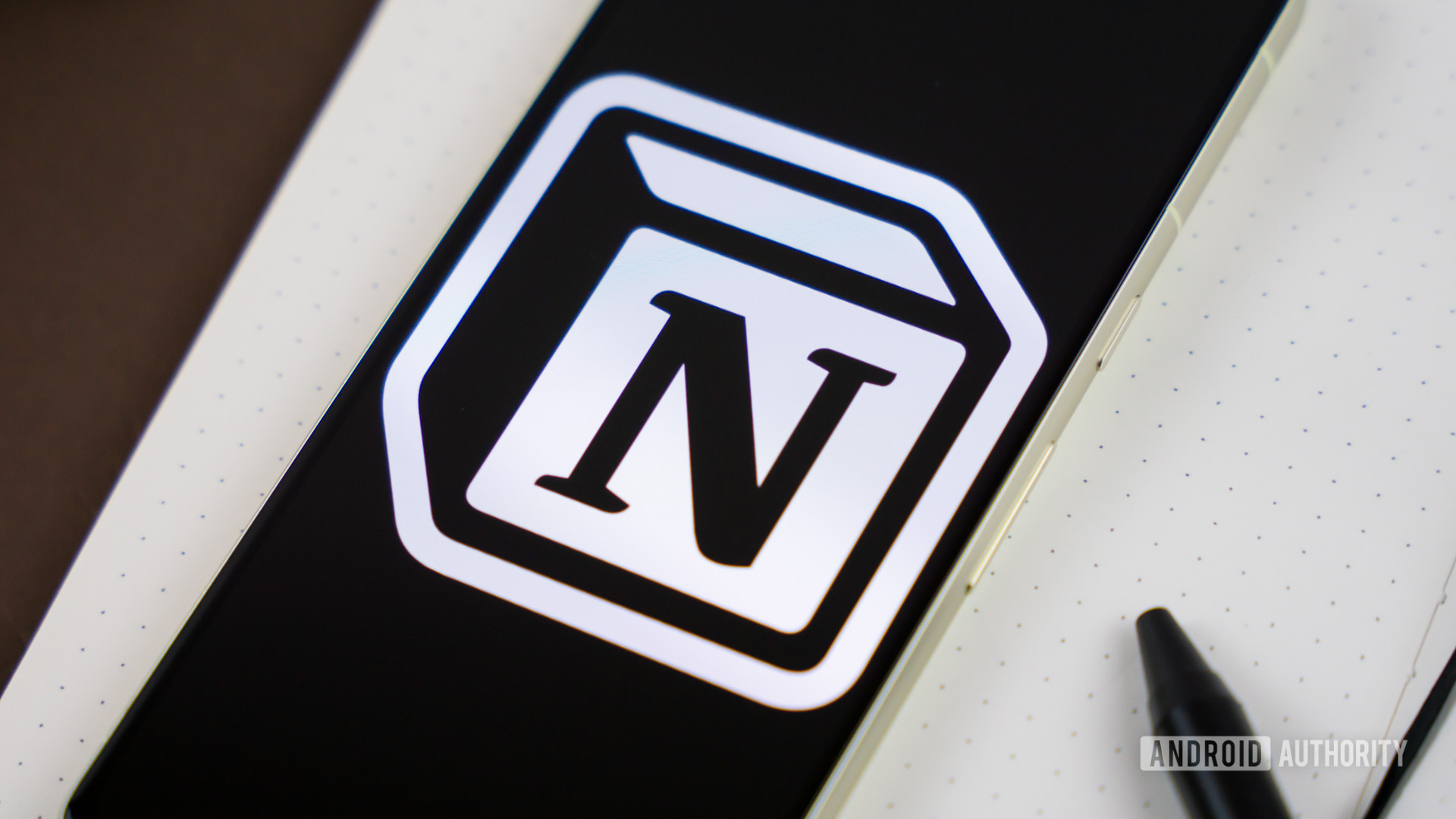Ryan Haines / Android Authority
After years of feeling a bit stagnant, Samsung’s rejigged Galaxy Z Fold 7 booklet foldable has found some new fans in the Android Authority team. Its wonderfully slim design, more comfortable aspect ratio, and stellar One UI software make this an ultra-premium foldable that’s truly worth the substantial investment.
One change that’s flown under the radar is Samsung’s return to a punch-hole selfie camera, in place of the under-display setup from years gone by. While under-display camera technology was heralded as the future of discrete design, I’ve never been too impressed by the image quality produced by hiding the sensor under the display lattice. The Galaxy Z Fold 7’s return to the more classic visible camera cutout could be the death knell for this once novel idea.
Was Samsung was right to ditch the under-display selfie camera?
37 votes
To see why this is such a smart yet perhaps underappreciated upgrade, my colleague Paul graciously grabbed a selection of selfies in various lighting conditions from last year’s Galaxy Z Fold 6 and the new Z Fold 7. The results are, well, completely night and day.
Discretion versus image quality
Attempting to tuck a camera sensor under a display poses a couple of significant problems for image quality. The first is obviously that something is in the way of the sensor, reducing its light capture capabilities and, therefore, making image quality far worse. The sensor also needs to be quite small, but the pixels need to be big enough to avoid being blocked from above — there are just 4 megapixels on the Fold 6, while the new model boosts this to 10 megapixels. The lens element also has to be made from the same stuff as the display, which undoubtedly impacts quality.
As you can see, our Z Fold 7 selfies above have far less noise and more detail. Improved contrast and dynamic range also make the shots pop with their proper vibrancy, avoiding the washed-out look we’ve come to associate with the under-display idea. If you want to post these straight on social, the Z Fold 7 is a clear winner.
Equally, the move to a cut-out setup has allowed Samsung to increase the field of view to fit more into the frame. I’m not a huge fan of ultrawide selfies due to facial distortion, but the change from a modest 26mm to a very wide 18mm does mean you can more easily fit friends and family in at arm’s reach. This puts the Z Fold 7 much more in line with the field of view capabilities of the very best camera phones.
Maybe you’re not convinced there’s a huge difference in the shots above, or perhaps not enough to consign under-display cameras to the dustbin? Well, let’s turn the lights down a bit.
OK, the difference is absolutely clear here. The Galaxy Z Fold 6’s selfie camera is really struggling wth the lack of light, resulting in overly dark shadows and a significant lack of detail. The Z Fold 7 isn’t flawless, it’s leaning on sharpening and noise cleanup, but the result still looks more than passable and it’s all too different from the far more brightly lit scene.
Turn the lights right down, and that’s the case closed. There’s nothing the poor Galaxy Z Fold 6 can do in such darkness, but the Z Fold 7 manages not only to pick out Paul but also achieves a decent level of color and even exposes the background. It’s not a flawless image, but it’s more than a good enough attempt for a selfie camera.
A nice idea, but just not good enough (yet)

Paul Jones / Android Authority
Under-display technology was always a cosmetic choice rather than a necessity, but I can certainly understand why Samsung went with the idea initially. It makes the phone look undeniably sleek, there’s a certain cool mystique about it that feels cutting edge when you first see it (or don’t in this case), and it obviously helps maximize the inner screen’s real estate, which is the whole point of a booklet foldable to begin with.
However, the image quality trade-offs are clearly quite drastic — especially for a phone that costs $2,000. With foldable rivals like the Google Pixel 10 Pro Fold and OnePlus Open proving that foldables don’t have to compromise heavily on cameras, it was almost inevitable that novel ideas like hidden sensors would give way. To stay competitive, Samsung opted for a simple win: reverting to a classic punch-hole selfie camera, the same approach taken by its two main rivals.
I’m not cheering for the end of under-display cameras entirely, but I am glad to see the back of their poor image quality. If Samsung comes back next year with an invisible solution that rivals the image quality of a regular cut-out selfie camera, I’m all for it. Until then, I’ll stick to the punch-hole.


Samsung Galaxy Z Fold 7
Thinnest, lightest Z Fold to date • More durable design • 200MP primary camera • Snapdragon 8 Elite for Galaxy
Thin, light, high-powered, and it folds!
The Samsung Galaxy Z Fold 7 offers an 8-inch OLED screen, a 200MP camera, the Snapdragon 8 Elite for Galaxy chipset, and a 4,400mAh battery. The Galaxy AI experience is baked in, offering tools across the camera, Circle to Search, and much more. Best of all, Samsung continues to evolve its foldable hinge assembly, promising reduced visibility of the crease.
Thank you for being part of our community. Read our Comment Policy before posting.




